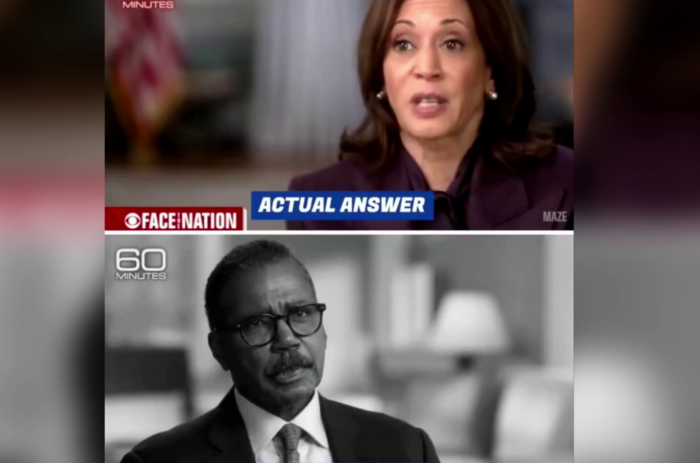redo Jump to...
print Print...
Directions
-Read the excerpt below from James Taranto's "Best of the Web" post at opinionjournal.com on Feb. 27th.
-Read "Types of Media Bias" in the right column. Then answer the questions.
From an Associated Press dispatch:
Former U.S. Federal Reserve Chairman Alan Greenspan warned Monday that the American economy might slip into recession by year’s end. . . .
“While, yes, it is possible we can get a recession in the latter months of 2007, most forecasters are not making that judgment and indeed are projecting forward into 2008 . . . with some slowdown,” he said.
Greenspan said that while it would be “very precarious” to try to forecast that far into the future, he could not rule out the possibility of a recession late this year.
So if you’re the Associated Press, how do you headline this story? “Greenspan Warns of Likely U.S. Recession.”
Go to OpinionJournal.com for the original “Best of the Web” postings.
To accurately identify different types of bias, you should be aware of the issues of the day, and the liberal and conservative perspectives on each issue.
Types of Media Bias:Questions
1. What makes the headline biased?
2. Which type of bias best describes the AP headline?
Scroll down to the bottom of the page for the answers.
Answers
1. The headline gives the reader the false impression that former Federal Reserve Chairman Alan Greenspan says that a recession is likely, when the truth is that he was answering a question about whether it was possible. His answer was yes, it is possible, but he added that most forecasters don’t say so.
2. The headline is an example of bias by spin. Bias by spin occurs when the story has only one interpretation of an event or policy, to the exclusion of the other; spin involves tone – it’s a reporter’s subjective comments about objective facts.



